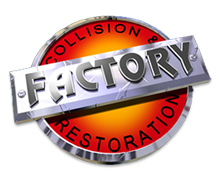
In order to prevent or appropriately handle pedestrian and cyclist collisions, keep the following in mind.
Driver Safety Tips
Although pedestrians and cyclists have their own set of safety rules, as a driver, you’re the one who would be held responsible in the case of an accident. So, keep the following list in mind when you’re driving through towns and cities.
● Drive slowly when crossing sidewalks or pulling into our out of driveways. You may cross paths with children or others who have the right of way.
● When turning at an intersection, first check for oncoming traffic, then check for cyclists and pedestrians before you turn.
○ When turning left, it’s especially important to check for oncoming cyclists, and to look to your left for pedestrians.
○ When turning right, be aware of cyclists coming behind you (they should be on your left, but may not always be) and to look for pedestrians crossing at the light.
● Never pass a vehicle that is stopped at a crosswalk; you may not see the pedestrians crossing in front of them.
● If you see a vehicle pulled over or parked on the side of the road, leave enough room for a door to open or a pedestrian to enter or exit the vehicle, just in case they do.
● Keep a safe distance between you and the vehicles around you. Potholes or other road hazards can cause abrupt stopping or turning.
● When parallel parking, check your mirror before opening the door; approaching cyclists may not know you’re about to exit.
● If you can, fold your mirror in, especially on tight streets, when parallel parking so that cyclists have room to get by.
● Avoid distracted driving. Pedestrians and cyclists are already more difficult to see because they’re smaller than vehicles, so it’s up to you to stay focused on the road.
● Follow the speed limit. Driving too fast increases the likelihood that pedestrians and cyclists will misjudge the time it takes you to arrive at a crossing and the likelihood of an accident.
● Always use turn signals when turning or changing lanes so that other vehicles, pedestrians, and cyclists can see where you’re going.
● Always check your blind spot for cyclists.
● Only pass a cyclist when there is an open lane next to you; it is safe to pass a cyclist when it is safe to pass a vehicle.

Recent Comments